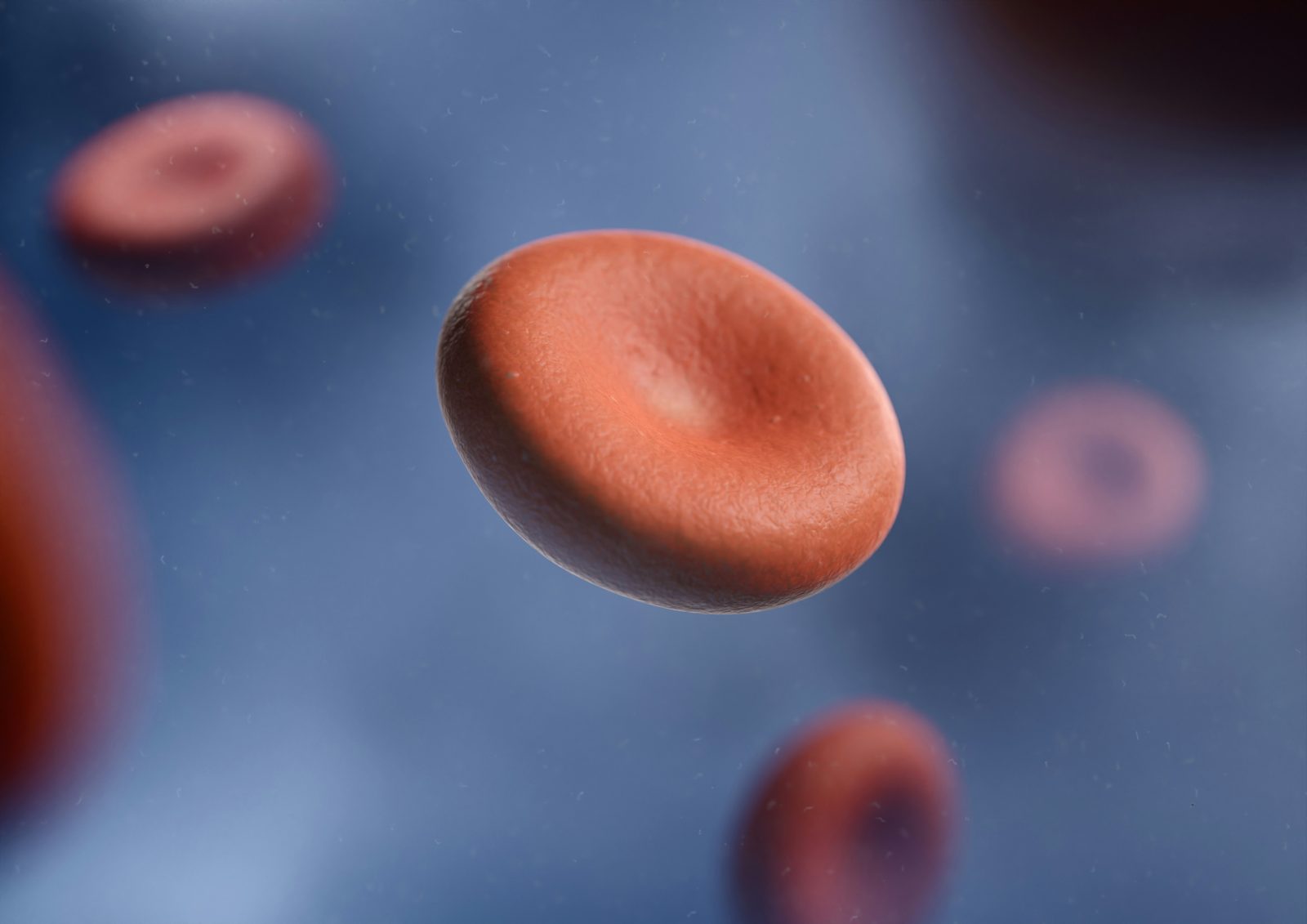A recent small-scale study has uncovered a promising avenue for addressing the presence of toxic PFAS (per- and polyfluoroalkyl substances) in individuals with high exposure levels. PFAS, a group of chemicals widely utilized in the production of grease- and water-resistant items like food packaging and garments, pose significant health risks due to their persistence in both the body and the environment.
Over time, PFAS accumulation can lead to severe health issues, including liver and kidney damage, compromised immune function, heightened cancer susceptibility, and reproductive complications.
While efforts are underway to reduce PFAS contamination and eliminate these substances from water and food supplies, addressing PFAS once they enter the bloodstream has remained a challenge.
However, a recent study conducted in Denmark has shed light on a potential solution. The study involved 45 participants with elevated PFAS levels in their bloodstreams.
Over a 12-week period, participants were administered cholestyramine, a medication long approved for managing cholesterol levels. Remarkably, the results showed a notable reduction in PFAS levels among participants, with an average decrease of 60%.
What’s particularly noteworthy is that individuals receiving the medication were able to eliminate PFAS from their bodies at a rate comparable to what an untreated individual would naturally achieve in approximately three and a half years.
This finding represents a significant breakthrough in addressing PFAS exposure, offering a potential treatment avenue for individuals grappling with heightened exposure levels.
While ongoing efforts to regulate environmental and food-related sources of PFAS are crucial, this medication could serve as a targeted intervention for those facing substantial PFAS exposure.
How Does Cholestyramine Remove PFAS
Cholestyramine functions by intercepting fat in the gastrointestinal tract, preventing its breakdown and reabsorption into the bloodstream following ingestion.
Similarly, it appears to have an affinity for PFAS, binding to these chemicals in the gut and impeding their reentry into the bloodstream. Instead, PFAS are expelled from the body through fecal matter.
Another cholesterol-lowering medication, colesevelam, likely operates in a similar manner, according to the authors. This medication is available in pill form, which may be more convenient for individuals compared to cholestyramine powder.
However, it’s important to note that not everyone is suitable for these cholesterol medications, as they can cause mild yet uncomfortable gastrointestinal side effects such as constipation, diarrhea, and nausea.
Before these drugs can be recommended for widespread use, they must undergo extensive testing in larger trials and across different population groups. It’s suggested that cholestyramine may be particularly beneficial for individuals with elevated PFAS levels and dyslipidemia, given that these medications are designed to regulate lipid levels.
If further research confirms the efficacy of cholesterol drugs in eliminating PFAS, this treatment approach could potentially halt the transmission of PFAS to future generations. To safeguard vulnerable children from the harmful effects of PFAS, it’s advised that women planning pregnancy address their PFAS toxicity to prevent chemical transfer to newborns.
Additionally, individuals with the highest blood PFAS levels may require longer than 12 weeks of treatment, and more research is needed to assess the effectiveness of this approach in those with lower PFAS exposures.
However, it’s essential to recognize that attempting to eliminate PFAS exposure through medication should not be viewed as a substitute for addressing ongoing pollution sources, particularly in drinking water. Instead, it should be seen as a safety measure for those facing significant exposure levels.
Eliminating PFAS from the Environment Is Still Vital
While the study highlights the potential of using cholesterol-lowering drugs to remove PFAS from the body, it’s crucial to emphasize that efforts to eliminate PFAS from the environment remain paramount. Early research suggests that protecting the gut and its microbiome may mitigate the adverse effects of PFAS exposure, with high-fiber diets showing promise in animal studies.
Further research is needed to develop therapies that effectively remove PFAS from the body, thereby preventing further accumulation and reducing associated health risks. However, the translation of scientific knowledge into policy interventions is crucial for eliminating PFAS use and safeguarding human health.
Participants in the study had elevated levels of perfluorooctanesulfonic acid (PFOS) in their blood, likely due to consuming meat from cattle that grazed in areas where PFAS-containing foam was used by firefighters. To prevent such exposures, it’s imperative to address PFAS pollution by cleaning up the environment, particularly waterways, which serves as a critical initial step in many communities.
The recent proposal by the EPA to classify nine PFAS chemicals as hazardous is a significant development that could facilitate more effective regulation of their production.
Additionally, promising research from Northwestern University suggests that a common soap ingredient could rapidly break down PFAS in waterways, offering hope for effective environmental remediation efforts.
Quick Recap and Conclusions
The recent study showcasing the efficacy of cholesterol-lowering medications, such as cholestyramine, in reducing PFAS levels among individuals with heightened exposure marks a significant breakthrough in public health. This discovery not only offers a potential treatment avenue for those grappling with PFAS toxicity but also highlights the multifaceted approach required to tackle this pervasive issue.
While the findings are promising, further research is necessary to validate the effectiveness of cholesterol drugs in larger trials and across diverse population groups. Additionally, the potential side effects of these medications, such as gastrointestinal discomfort, need to be carefully considered.
Moreover, while medical interventions like cholestyramine show promise in addressing PFAS accumulation in the body, it’s essential to emphasize that eliminating PFAS from the environment remains a critical objective. Efforts to regulate PFAS production and clean up contaminated waterways are paramount in preventing further exposure and protecting public health.
The recent proposal by the EPA to classify certain PFAS chemicals as hazardous is a step in the right direction, signaling a potential shift towards more stringent regulations. Furthermore, innovative research into alternative methods of PFAS remediation, such as the use of common soap ingredients, offers hope for effective environmental cleanup strategies.
In conclusion, while cholesterol drugs present a promising avenue for managing PFAS exposure at the individual level, concerted efforts to address environmental contamination and regulate PFAS production are essential for long-term prevention and mitigation of PFAS-related health risks.















Find Us on Socials